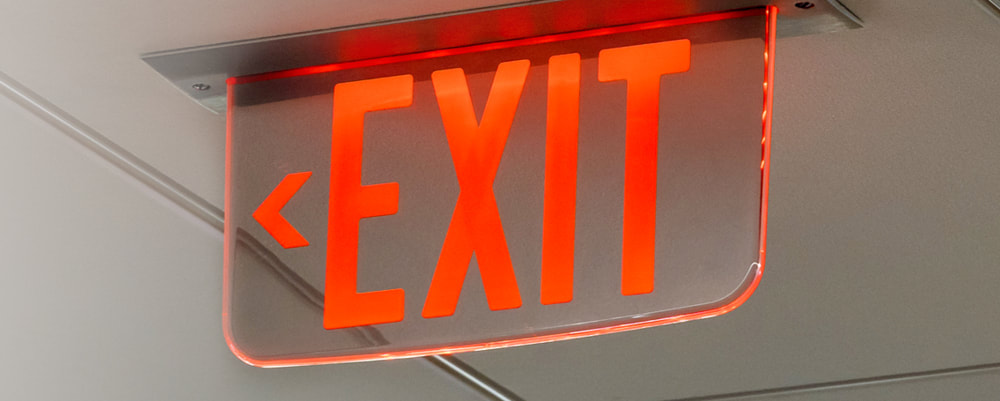|
Exit signs and emergency lights are an integral component of all commercial buildings. While not always used daily, they are one of the most important tools in power outages and emergencies, by providing lighting and quick visual access to the exits. There are many types of exit signs and emergency lights. The required style, number of fixtures and their placement may be designated by local and state laws, so it is very important to consult with a licensed electrician before purchasing and installation. There are also a few questions to ask to ensure you have the best fit for your application. 1. How will the exit sign or emergency light be used?The first step is to decide what kind of signs you need. There are three main types of signs that serve slightly different functions. In addition to traditional exit signs, there are also signs that read "STAIR". 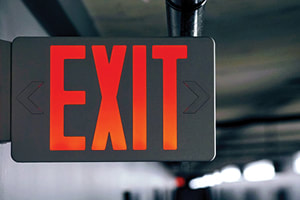 Standard Exit Signs The first option is the standard exit sign. These signs can be single- or double-faced and they can be wall- or ceiling-mounted. There are options for: • White Exit Signs with Red Letters • Black Exit Signs with Red Letters • White Exit Signs with Green Letters • Black Exit Signs with Green Letters 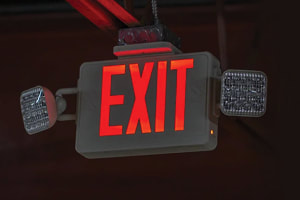 Exit Sign and Emergency Light Combination Fixtures The second kind are exit and emergency combination fixtures. These signs provide the word “EXIT” in red or green along with emergency lights. The emergency lights provide illumination in the event of a power failure. 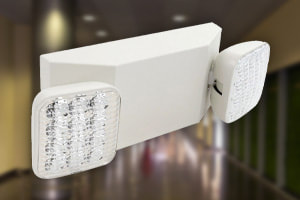 Emergency Lights Finally, there are standard emergency lights. These lights provide illumination in the event of a power failure, but do not include the word “EXIT”. Emergency lights are available in single- or dual-head and in some instances, triple-head. Remote heads are also available to pair with remote capable signs. They do not have an internal power supply and are powered by the battery in the device used. Remember to reference local and state codes for the required number and placement of signs, including standards for hallways, corridors, stairways and fire escapes. 2. What is the exit sign or emergency light made of?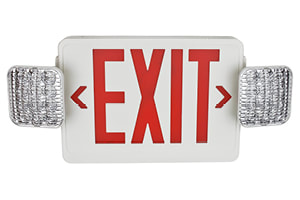 Thermoplastic: Most exit signs are made of thermoplastic. This is ideal because thermoplastic is very durable and can withstand higher temperatures. These signs are favored by contractors as many come with options for ceiling- or wall-mounting, can be 1- or 2-sided and offer a choice for arrows that can be punched out. This makes them a versatile choice for offices, government buildings, hospitals and other large establishments. 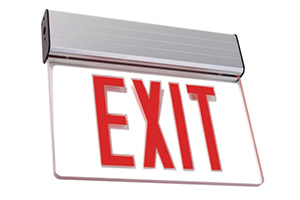 Aluminum: Aluminum is another popular option and is often paired with acrylic panels. These edge-lit exit signs are durable and offer a sleek design that gives a transparent and floating effect. They can be seen in bars, restaurants, malls and other areas where the aesthetic of the sign is important. It is also important to understand the battery contained in the sign. Many signs use the NiCd or NiCad (nickel-cadmium) battery, which is a type of rechargeable battery. These are robust batteries with a long life and a good choice for working in hot and cold weather and other extreme environments. 3. What codes does the exit sign or emergency light meet?Some codes to be aware of when shopping for exit and emergency lighting are UL924, NFPA101 Life Safety Code, NEC and OSHA in addition to local and state codes. 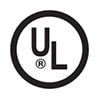 UL 924 This rating means that the product has undergone UL tests and is certified to meet functionality, visibility and reliability standards. 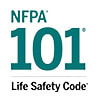 NFPA101 Life Safety Code This code covers minimum requirements for design, construction and maintenance that will protect occupants from danger caused by fire and related hazards. This widely adopted code is currently used in every U.S. state. 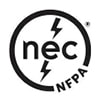 NEC The NEC or National Electrical Code determines requirements for the safe installation of electrical wiring. 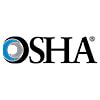 OSHA The Occupational Safety and Health Administration standards are methods that employers must use to ensure safe and healthful working conditions for their employees. 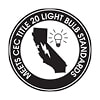 Tile 20 regulations, Certified to CEC These regulations set minimum energy efficiency levels for products. This is required for the sale of items in California. There are also some cities and areas that require very specific standards for exit signs and emergency lights. Two listed below are Chicago and New York. City of Chicago Approved Exit Signs Some requirements for Chicago Approved Exit Signs are below. (Reference the full code)
City of New York Approved Exit Signs Some requirements for New York Approved Exit Signs are below. (Reference the full code)
There are a lot of factors that go into the purchase of exit signs and emergency lights and it can be confusing. Remember to reference local and state codes and consult with a licensed electrician. Our friendly customer service team is also here to help and answer questions.
0 Comments
Your comment will be posted after it is approved.
Leave a Reply. |
This blog's content is copyright © 2014-19 Lighting Supply.

